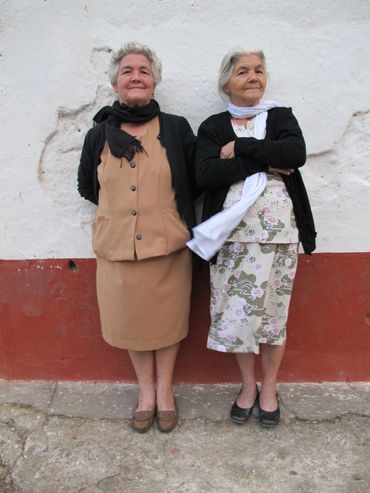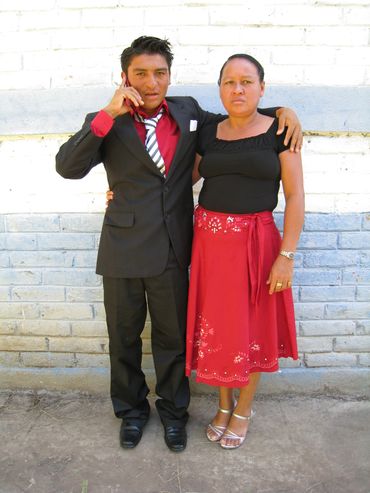CV + BIO
Antonio Mena Joya (El Salvador, 1972). B.A in Fine Arts from University of Barcelona, Spain, 2002. And Master in Interdisciplinary art production from U.M.A. University of Malaga Spain, 2017. Producing paintings, drawings, installations, art objects, sculptures, photography and printmaking works. As an artist in Barcelona and Cadaqués, I reviewed diverse aspects of pure surrealism and surrealism in Abstraction. Both art movements influenced my work. Moreover, Nouveau Réalisme, which is the European version of pop art, also impacted me. I also worked as an art project instructor for the Ministry of Education of El Salvador and the Museum of Art of El Salvador, MARTE, and as an associated professor for several Salvadoran private universities from 2009 to 2012. During 1999, I worked as part of the production team for exhibitions at Barcelona City Museums: Museo de Arte Precolombino Barbier-Muller and Museo del Textil e Indumentaria.
EXHIBITIONS AND AWARDS
2025 International Jury for the Central American, 20th Biennial of Sculpture and Ceramic in Honduras, July 2025.
2025 Sala Nacional de Exposiciones Salarrué, Intervenciones Humanas, Nov 2024- Enero 2025.
SUMARTE Museum of el Salvador, selected artist for auction 2024.
Juannio Subasta Guatemala, Selected artist for auction 2023.
ART OMI, Ghent, New York, artist residence from June to July 2021, Collection Francis J. Greenburger.
Tipología Nacional. Forthcoming Itinerant Exhibition at MARTE Museum with support from the Education Program of the MARTE museum of El Salvador the contemporary Marte. Sept. – 2020.
Wadström Tönnheim Gallery, “Escales” Marbella, Spain, July 2019.
On-line studio visit Y.ES contemporary: Antonio Mena with Amanda Sanfilippo, Miami Dade, Art in public places, July 2019.
MVA cultural center, Expo INT’17. Málaga, Spain 2017.
On-line studio visit Y.ES contemporary: Antonio Mena with Primary Projects Miami, November 2017. MUSAC and Museo de León, Spain, International RECUORE Art & Sostainable Arquitecture, June 2016.
Object Narratives “Accumulations” at the Hongik National University, South Corea 2015.
Y.ES Artist Academy at Coatepeque lake with Mark Dion, November 2015.
One year and Crossing, Selected Group Show, TUB Gallery Miami, Art Basel, 2015.
Removal Identity, TUB Gallery Miami, Selected Group Show, 10 July 2014.
Hollywood FL. Cultural Center, 4 artists show with Jhonny Robles and Agustina Woodgate, 2014. Fountainhead studios residency by Mikesell art collection Miami FL. November 2014.
JUANNIO auction artis selected, Guatemala 2012. MUTE Museum of Santa Tecla, Tipología Nacional, ESFOTO El Salvador 2011.
SUMARTE, Honor mention at Museo de Arte de El Salvador 2012. Public Library of El Salvador, Proyecto de Fotografía: Tipología Nacional 2011. Selected artist. BIENAL Centroamericana, Museo de Arte de El Salvador MARTE – 2011.
Photo Week DC, Invited artist Washington D.C. 2011.
SOMArts, Cultural Center “Territorios”, San Francisco, California 2010.
National Gallery of El Salvador, “Hecho en Barcelona 98-08”. Summer 2008.
Talent of the Year nominated by Secretaría de la Juventud de El Salvador – 2006.
Maison de l’Amérique Latine, El Salvador as Resident Artist in Europe, Paris, France – 2005. 100 years of Salvador Dalí group show, curator Pera Vehí, Museo de Cadaqués, Spain 2005. Pfeister Gallery, Gudhjem, curator JonMicke, MA on Art theory from the Royal Danish Academy 2005. Galeria D’elbaró founder and curator, Cadaqués, Spain from 2001 to 2004.
Grant from the Ministerio de Cultura, Deportes y Educación of Spain, UB Universitiy of Barcelona, 2000/2001.
REFERENCES
Mark Dion American conceptual artist best known for his use of scientific presentations in his installations. Dion earned a BFA in 1986 from the Hartford Art School at the University of Hartford,. Dion is currently a mentor at Columbia University in New York and co-director of Mildred's Lane, a visual art education and residency program in Beach Lake.
Amanda Sanfilippo Curator and Artist Manager for Miami Dade's Art in Public Places program, and the Director and Chief Curator of Fringe projects.
Brandi Reddick Communications and Artists Manager Art in Public Places Miami-Dade County Department of Cultural Affairs 305-375-5436 Phone 305-375-3068.
CUBES FROM THE ACCUMULATIONS SERIES
Super Market Cart and Mini Bar
The King

From the Vessels series, this piece invites us once again to reflect on the value of everyday objects. A golden jug, inspired by Baroque aesthetics, reminds us that in many communities where resources are scarce, or in large cities where water service is rationalized, water is a commodity more valuable than gold. It opens a debate about the unequal distribution of natural resources, the daily struggle to access them, and pollution from agrochemicals.
The Fan and Sea Foam
Causing a clash between two extremes and putting two levels in contact, both pieces try to be reflective but still be provocative in the manner of subversion and with the use of satire that these decontextualized objects make us reflect on misery and opulence and about the material and the spiritual”. My goal with both pieces is not only to denounce vanity, but also I call attention to the kitsch stylistic base of mass consumption. Environmental pollution is one of the most evident effects of those social attitudes. I believe that sculpture is a system that interweaves relations with the environment. Plus no aesthetic values are given to these discarded objects until an artist recaptures, accumulates, and returns them as digested and transformed art works.

In the making: Accumulations Series
From the Series Vessels
These three pieces, made of fired clay (terracottas), reinterpret the ancestral, everyday artisanal pitcher as a container of life, conceptually representative of an apocalyptic archaeological find, promoting a clash between the pre-Columbian and the modern. the precariousness and scarcity of water in Greater San Salvador and in many communities, seven days a week.
These three pieces, made of fired clay, reinterpret the ancestral, everyday artisanal pitcher as a container of life, conceptually representative of an apocalyptic archaeological find, promoting a clash between the pre-Columbian and the modern.

Vessels Series
iNTERVENCIONES hUMANAS
tipologia NACIONAL
Tipologia Nacional 2





ABOUT TIPOLOGIA NACIONAL
The portrait series of Salvadorian people of individuals, of couples, or of groups, that
Antonio Mena carried out, presents to us a series of actors from the Salvadorian social scene. The collection works in various senses, situating the artist as a narrator of his time, as an investigator, and as a collector of personal histories. In his work, the artist appeals to the aesthetics of the quotidian, of the popular, and of the «kitsch.»
Upon photographing his subjects, the artist documents a moment in time of Salvadorian society with his particularities in a way that recalls a catalogue. Already the name of the series says it: National Typology.
The effort in portraying distinct individualities confronts the artist, and the spectators of the work, with a complexity and pluralism of the «current urban tribe» in a way that we can’t help but speculate on the personalities and lives of those portrayed. Though some personages are gaudy and particular, others maintain a temperate and controlled profile.
In a society where advertising media and the tendencies of appreciation and consumption of the common citizen are supposedly dictated by a globalized aesthetic, that forms already part of our daily lives, and, I would venture to say, of our collective unconscious. It seems very valuable to me that an artist posits, through the photographic image, this series of portraits of real people that as a group comes to function as an instrument of reflection; the artist in some way questions our preconceived values, not only in the aesthetic environment, but also in the socio-cultural, the political and the moral. Upon inviting us to see the common man, the vendor woman, the mechanic, the guard, the quinceañera, or the wedding guests, Mena presents us a humanized civil society, composed by individual projects and voices, with different idiosyncrasies and particularities, being precisely this variety of characters that offers the collection a sense of “otherness” that connects the spectator with the photography. This itself is due to the nature of Mena’s work, which moves towards the scope of cultural anthropology when it comments on the pluralism of society.
As a representative of the Pro Popular Art Initiative Association (Asociación Iniciativa Pro Arte Popular, INAR) and the Museum of Popular Art of El Salvador, I congratulate the artist for the development
of the series “National Typology”, as we consider that the artwork forms part of the emerging new dialogues between “the popular” and contemporary art.
Rodolfo Molina. Curator, Museo de Arte Popular de El Salvador.
Copyright © 2025 Tony Mena Joya - Todos los derechos reservados.